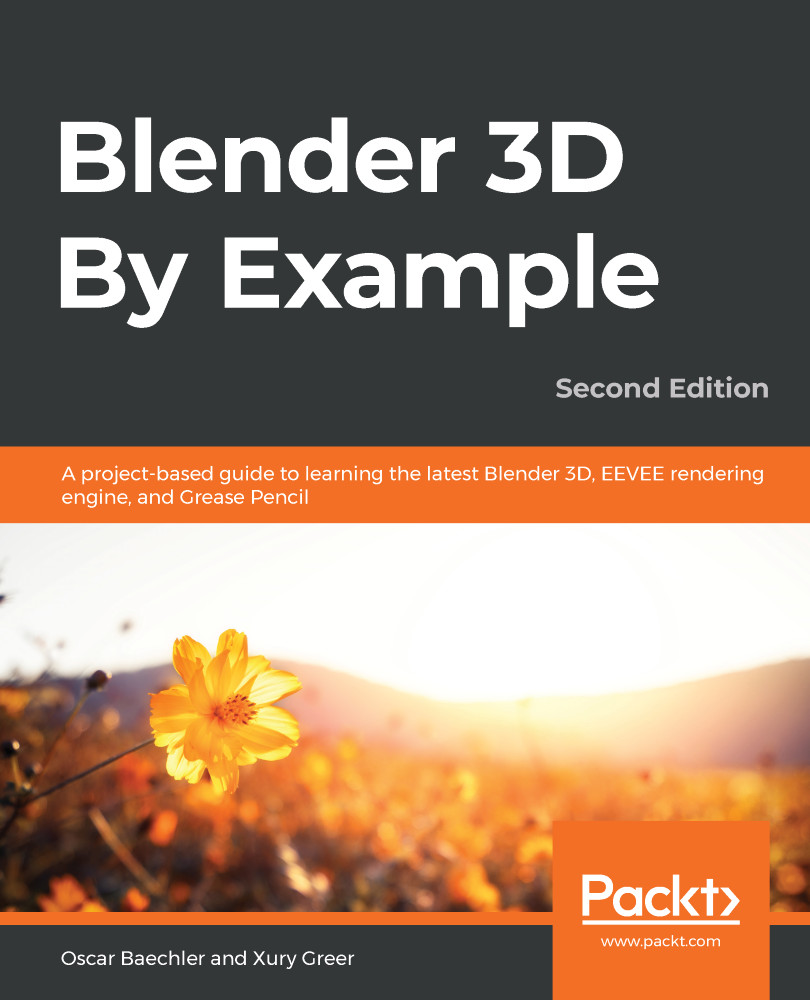We'll walk through the entire process of building a rig from scratch with a simple tentacle. This use case involves using three different methods of control—major controls for the whole tentacle, smaller controls for individual segments, and an alternate control for positioning the tentacle tip. The first two categories will use Forward Kinematics (FK) and the tip-oriented control will use Inverse Kinematics (IK). All of these will need good naming conventions and layer organization for ease of use. We'll make the rig more user-friendly with widgets for easier navigation, plus a custom attribute to switch between IK and FK.
The hierarchy for all of this will also require intermediate bones for parenting and deforming:
- Start a new default scene. Model a quick tentacle that's 4 m tall, with plenty of subdivisions on both...







































































